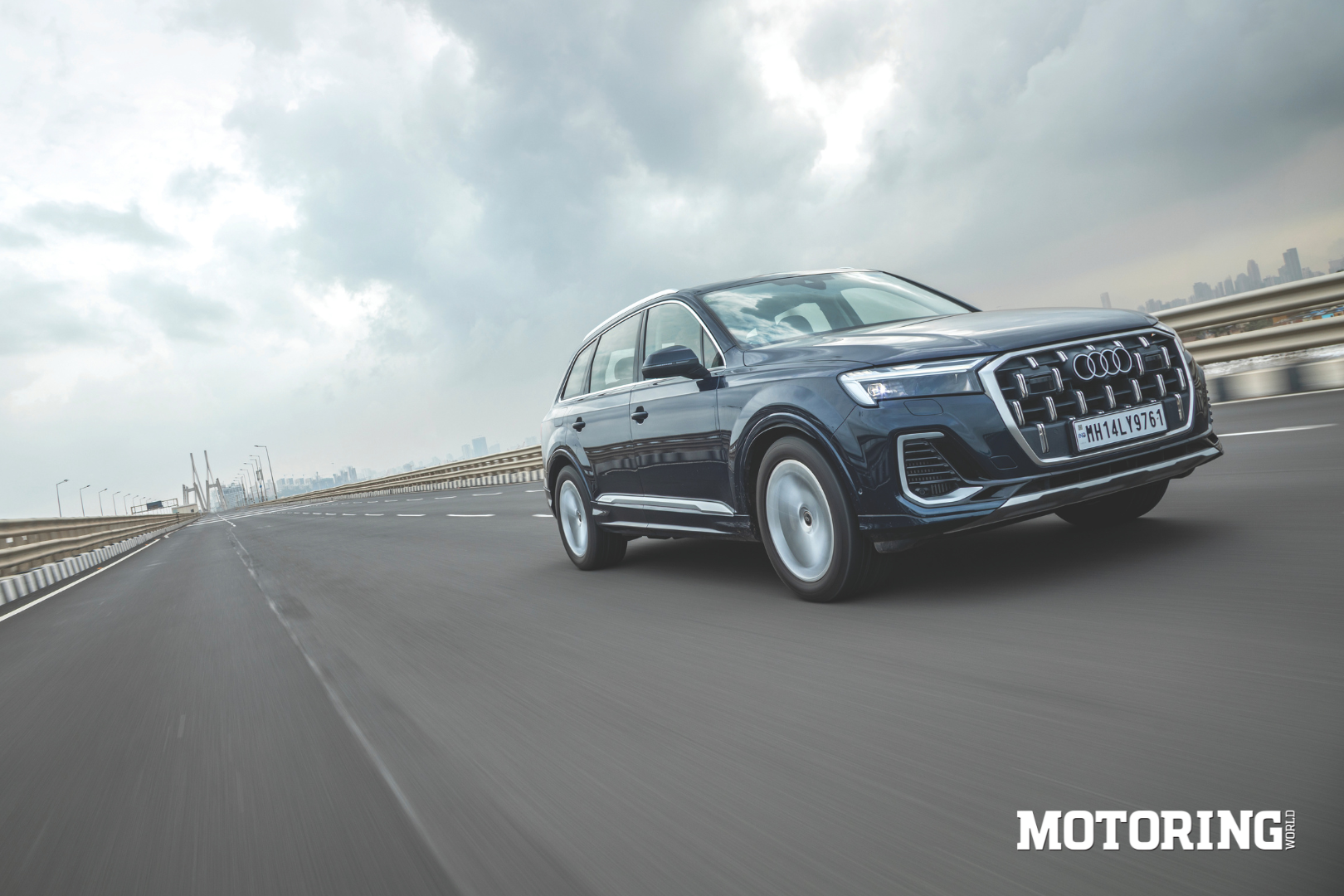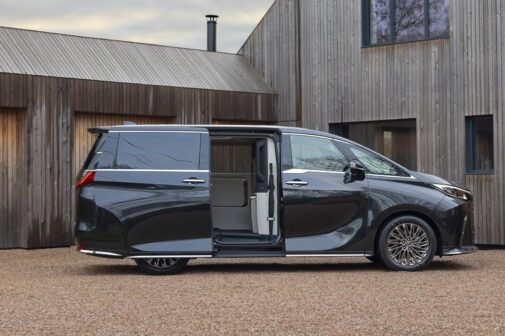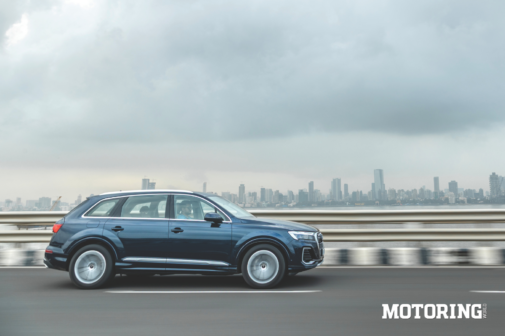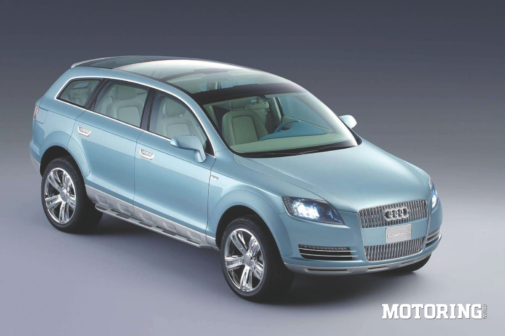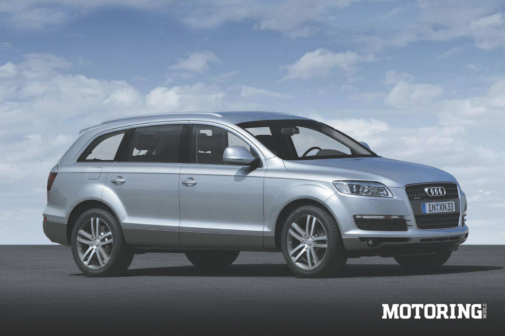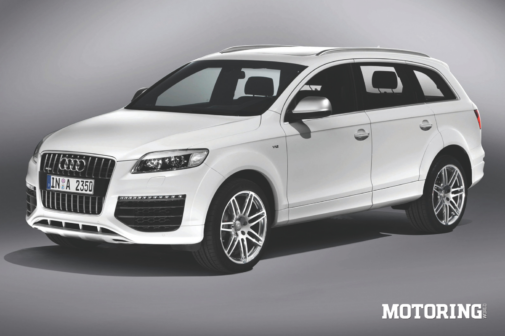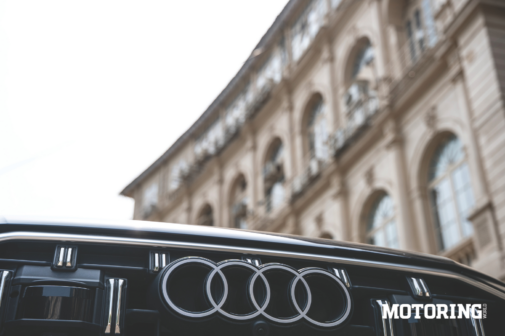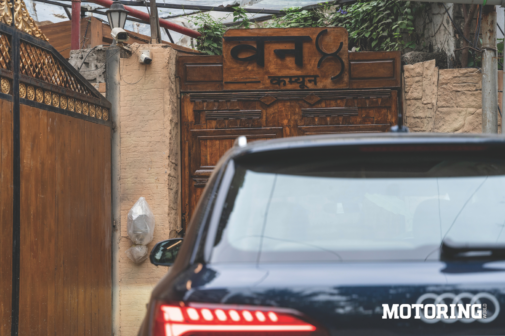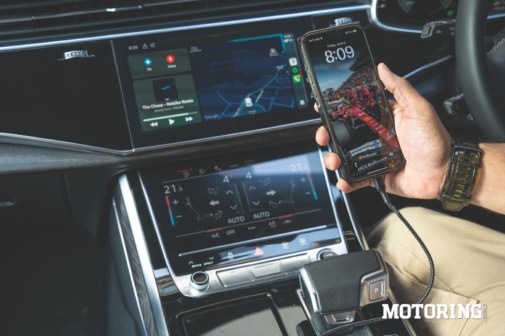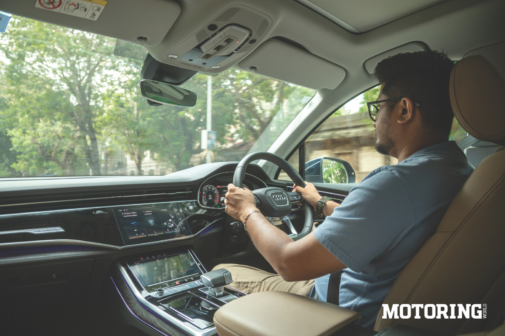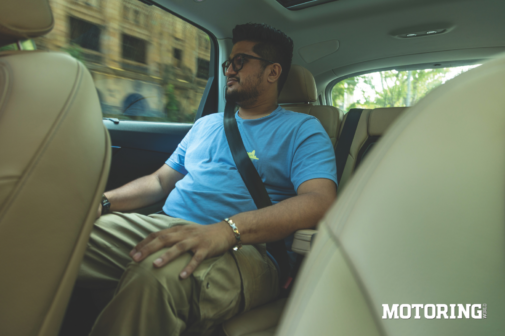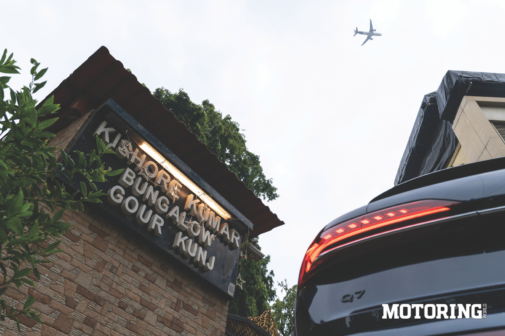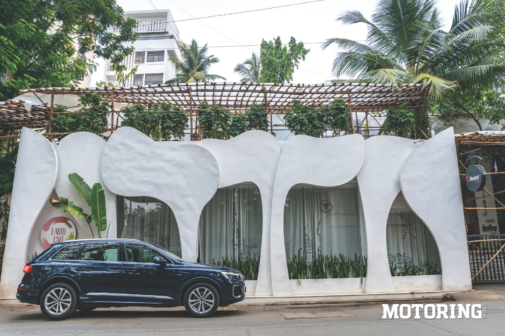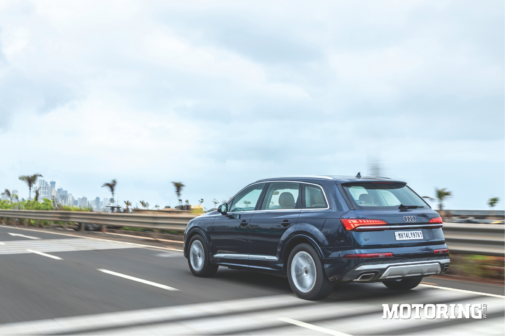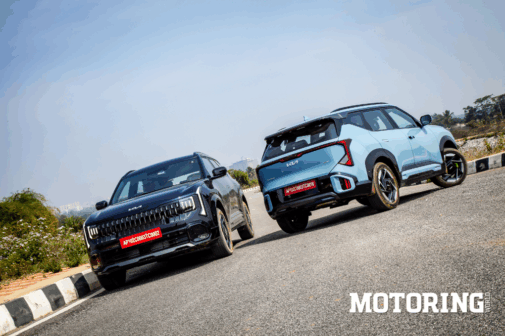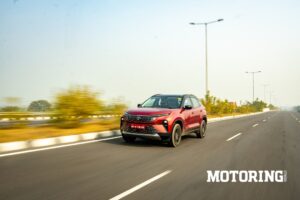To tell this story right, we need to rewind to 2013. That’s when my father surprised the family by deciding to buy a luxury car, an Audi Q5. I was 18, and like most teenagers obsessed with cars, I was over the moon at the thought of something premium coming home. But the first thing I blurted out was, ‘Why not the Q7?’ Don’t get me wrong — the Q5 was a solid machine, refined, capable and luxurious. But the Q7? That was different. It had a certain magic. A presence. An aura. Even before I’d sat behind the wheel of one, the Q7 had already taken up permanent residence in my imagination.
Back in the early 2010s, the Q7 wasn’t just another SUV — it was the luxury SUV. It towered over traffic and its design was unmistakably German. In India, it became the de facto choice for celebrities, cricketers, and politicians; spotting a Q7 usually meant an A-lister was inside it. The Q7 didn’t just make SUVs desirable; it made them sexy. And whether people admit it or not, the Q7 helped ignite India’s long standing love affair with SUVs. Today, when a pint-sized car like the Maruti Suzuki S-Presso can be sold as an SUV, you know the term has lost all meaning.
However, to understand the Q7’s genesis, we need to go back to 2003, when Audi unveiled the Pikes Peak Quattro concept. The name raised eyebrows back then; Audi’s ‘quattro’ badge was known for rally-bred performance, not plush three-row behemoths. But when the Q7 debuted globally in 2005, it made waves. Sure, Audi was late to the SUV party — BMW’s X5 and the Mercedes-Benz ML-Class had already set up camp — but the Q7 didn’t show up to blend in. It arrived in a velvet tuxedo with massive biceps.
That massive grille, the flowing lines, the sheer size… the Q7 had road presence in spades. But it wasn’t just about looks; Audi gave it the muscle to move, too. Who could forget the mad decision to cram a 6.0-litre V12 diesel into it? Five hundred horses. In 2009. At a time when the world was turning its back on diesel, Audi gave everyone a rockstar middle finger. Mad. Totally unnecessary. And I loved it.
But like most legends, the Q7’s spotlight eventually dimmed. Its decline wasn’t sudden, it crept in slowly. The Q5 grew up, the Q3 grew bolder, and Audi’s once-clear SUV hierarchy became muddled. The Q7, once the alpha, began to blend in. When the second-gen model arrived in 2015, it was smarter, lighter, and more efficient. But something vital was missing, its aggression, its charisma. Audi had played it safe. The Q7 had become… polite. As a lifelong Audi fanboy, this was painful to watch. So, when this opportunity presented itself, I just had to see for myself if the legend still had some fire left in its belly.
At first glance, the 2025 Q7 makes a solid impression. Audi’s signature wide grille is intact, now with vertical chrome strakes that lend it a jewel-like finish. The Matrix LED headlamps are intricately detailed, and the reworked bumpers lend a mild sporty edge. The wheels have grown to 20 inches, but the side profile remains largely unchanged. At the rear, there’s a fresh lighting signature and proper trapezoidal exhaust tips. Inside, not much has changed, apart from a newer wooden inlay and a slightly revised MMI interface.
One thing that made my smile as wide as the Q7’s grille was what lay under the hood. A 3.0-litre turbo petrol V6 with 340 bhp. It was silky, refined, and quick — 0 to 100 kph in 5.6 seconds. The exhaust note built up rather nicely with revs, and the 8-speed automatic delivered snappy, smooth shifts. Whenever I floored the throttle, the acceleration caught me off guard. And out on the highway, overtaking columns of traffic felt effortless; it ate up the miles with ease, allowing me to go the distance without feeling any sort of fatigue.
There are multiple drive modes, including two for off-roading. Switch to ‘dynamic’, and the throttle sharpens, the suspension firms up, and the steering gains weight. There’s a clear transformation, but oddly, comfort mode still feels a bit too stiff. On city roads, the steering feels light enough to be helpful, but not quite engaging.
As I spent more time with it, the cracks began to show; Rs. 97 lakh (ex-showroom) should buy you more. The twin-screen infotainment setup, while sharp, is bogged down by a clunky, click-heavy interface. There’s no wireless Apple CarPlay or Android Auto — a shocking omission in 2025. And Audi’s take on ADAS is embarrassingly limited. A basic lane keep assist doesn’t cut it when rivals offer nearly autonomous driving.
And then there’s the second row. This, for me, was the deal-breaker. The rear seat of the Q7 is shockingly underwhelming. The recline function is welcome, but the base lacks thigh support, and there’s barely enough space to stretch your legs under the front seats. The cushioning feels average at best. On a long drive, you’ll find yourself shifting, adjusting, squirming — not something you’d expect in what’s supposed to be Audi’s flagship luxury SUV.
That lingering itch I’d carried for over a decade? It evaporated. It’s not that the Q7 is bad — far from it. But perhaps I’ve been spoiled by the sheer excellence of everything else out there. And when I finally experienced the Q7 in full, I realised that good just isn’t enough anymore. Somewhere along the way, Audi seems to have lost sight of what made the Q7 special in the first place. Over the years, it feels like it’s done just enough to keep it going, without evolving it in a meaningful manner. Okay — why would a restaurant ever change the recipe of its best-selling dish? I know, comparing a curry to a luxury SUV is odd, but I’d say that even the best recipes need a refresh once in a while.
Other brands are swinging for the fences. The new Range Rover is a masterclass in opulence. BMW’s XM? Wild and polarising, but it makes you feel something. The Q7, meanwhile, is trying so hard to please everyone, it ends up stirring no real emotion at all. It’s clean and impeccably finished, but it lacks f lair. It’s sharp, but it doesn’t drop jaws like a Merc. The Q7 is tasteful, but not atmospheric, and the whole experience feels a bit muted.
Audi needs to rekindle the flame. Bring back the drama, give us those wide haunches, and a grille that doesn’t apologise for existing. We don’t just want numbers, we want a story and a sense of occasion. We want the car to stand for something, as the original Q7 did to such fantastic effect. It was a movement, a revolution, a moment forever etched in time. This Q7? It feels like a faded rockstar in a cardigan, talking about tax-saving mutual funds. Still talented, still polished, but no longer electrifying. As I drove it through a sea of SUVs that arguably owe their existence to the original Q7, I couldn’t help but fervently hope that Audi has something bold in the works.
Going electric might not be the magic fix, but maybe, just maybe, if Audi embraces its own tagline — Vorsprung durch Technik — and gives the Q7 the overhaul it truly deserves, there’s still a glimmer of hope. Hope that this iconic SUV can reclaim the stardom it once held. Because legends, after all, always deserve a second act.





